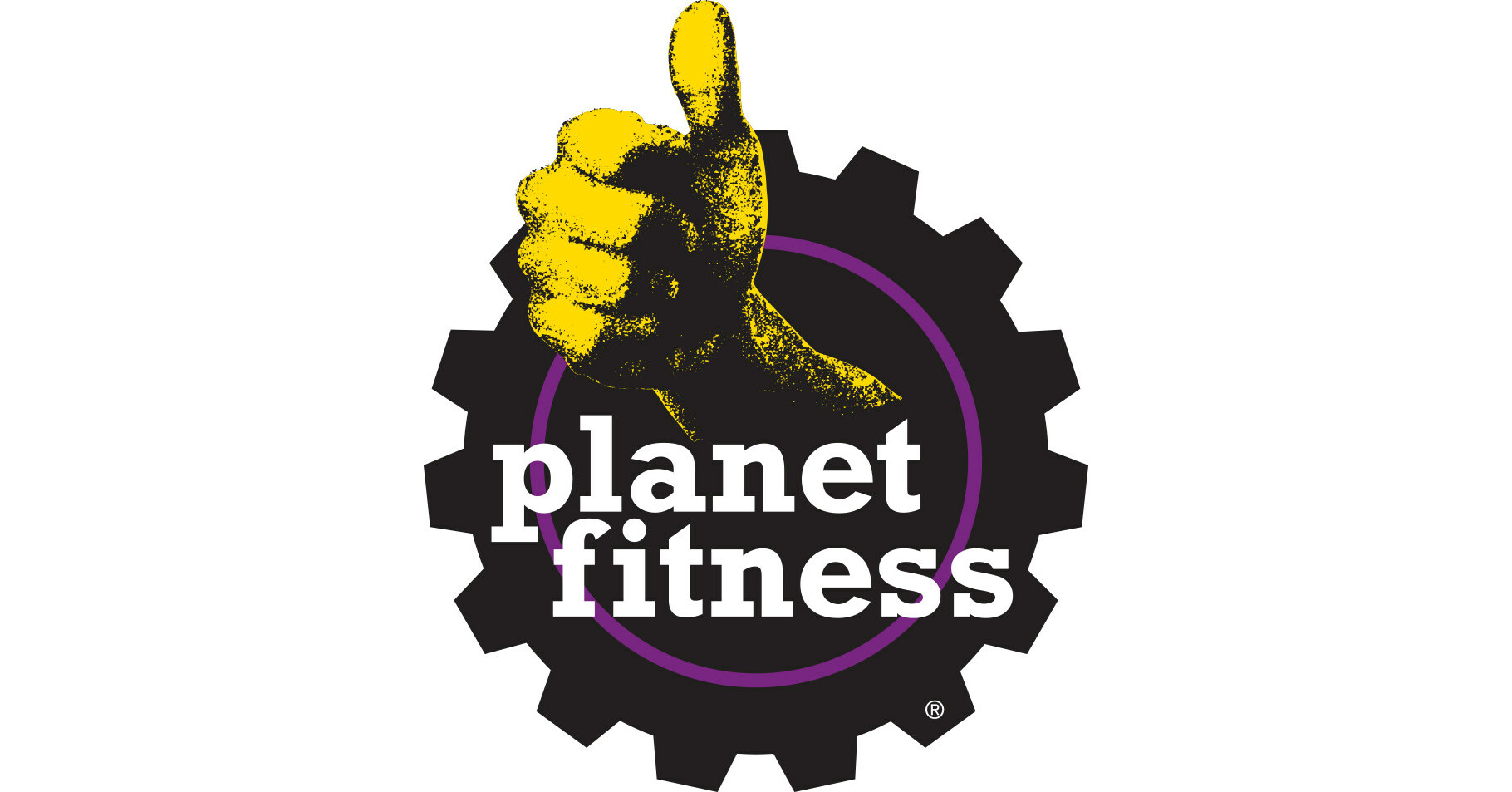Travel
I Forgot My Credit Cards And… Nothing

This photo taken on Aug. 13, 2024 shows the business district at Singapore’s Marina Bay. (Photo by … [+]
I travel a lot. And I forget things a lot. Last week I left my payments cards in a hotel safe in Singapore and didn’t realise until I was through security at the airport on the way out of the country. And because of this… well, nothing. It’s a sign of the times that my life was not affected in the least.
No Way? Way!
Why didn’t the loss of my cards interrupt my business trip? You already know the answer. It was because I had my phone with me and all of the places that I would be visiting were developed countries where all points of sale have contactless interfaces. For everything up to the contactless payment limit (eg, coffee with a colleague) it’s just tap and go, and for payments over that limit (eg, dinner with clients) it’s, well, just tap and go. All thanks to the miracle of CDCVM (“customer device cardholder verification method”).
If you are not familiar with CDCVM, here’s a quick primer on high-value contactless payments that I wrote a few years ago to explain how authentication options work with the contactless no-CVM (cardholder verification method) limits. In summary:
- The no-CVM payment limit (£100 in the UK) is for “tap and go” transactions where there is no PIN, signature or anything else required from the customers who are waving their cards over the contactless readers. This limit must be set carefully in the context of other risk management parameters because there is no PIN or signature or fingerprint scan of anything else in such transactions.
- That’s for cards. For transactions originating from a contactless device rather than a contactless card, there is CDCVM. It’s called device verification because the customer authenticates to their own device, not to the point of sale in the shop, restaurant or hotel. When you have a device capable of implementing CDCVM, such as a phone with Apple Pay or Google Pay, then this is used as the CVM.
(It’s not the point of this post, but frankly this is how everything should work in the future, since customers should never be required to authenticate themselves using any device that is not their own. Putting a PIN in your phone is better than putting a PIN into someone else’s terminal and not simply because you might catch a deadly COVID variant from touching it.)
CDCVM means that we can use our phones to tap and pay for everything from hot drinks to hotel bills, which brings me back to the point of my absent-minded anecdote. I was telling a friend the story — about the forgotten cards — and he said “oh, thanks for reminding me” because he had opened an account with a digital bank almost a year ago and loaded the virtual debit card into his Google Wallet. He had meant to use the bank app to request a physical card but had completely forgotten about it. He had been using his new card for nearly a year, and had never needed to use the plastic version.
Emily Rueth says that for some members of Generation Z, the concept of a physical card just feels “outdated and unnecessary” and I am sure that in this smartphone-centric cohort, it is now reasonable to question why issuers routinely provide physical cards at account opening. As she goes on to to say, issuers that offer a cardless option both at the time of acquisition and at points throughout the cardholder’s lifecycle are establishing themselves as leaders by signalling a shift towards customer-centric banking. But it’s also true for us boomers, as I was reminded when I went to find my Platinum American Express card in order to weigh it (don’t ask) and spent 20 minutes searching the house for it, a card that I use all the time!
(Similarly, a friend of mine lost his wallet on a night out in Soho and received a letter a few days later from Transport for London to inform him that it had been found on bus: since it only contained two debit cards and a few receipts from the pub he couldn’t be bothered to go and get it.)
Modern travel.
These tales tally with what the figures from different markets are telling us. Such is the consumer uptake of digital wallets that one French bank has found that one in five customers now opt not to be sent a physical card, which makes me feel sorry for the marketing departments agonising over card design and colors and logo placement and experiments with different configurations brand and lettering. These skills are being marginalised day by day.
Cardless Travel
A decade back I was at a product launch where Anthony Jenkins (former CEO of Barclays) accurately predicted that mobile phones woud replace cards before they replace cash. Similarly, a Deutsche Bank research report on the future of payments from 2020 predicted that far from sounding the death knell for cash, the rise of digital payments would instead lead to the extinction of the plastic card. Writing here last month, Jennifer Leigh Parker commented on Mastercard’s “In Control Pay” service — which she memorably called “like a burner phone for your digital wallet” — and concluded that cardless business trips are coming sooner than you think. Well, I hate to disagree with her but as far as I am concerned they are already here!








